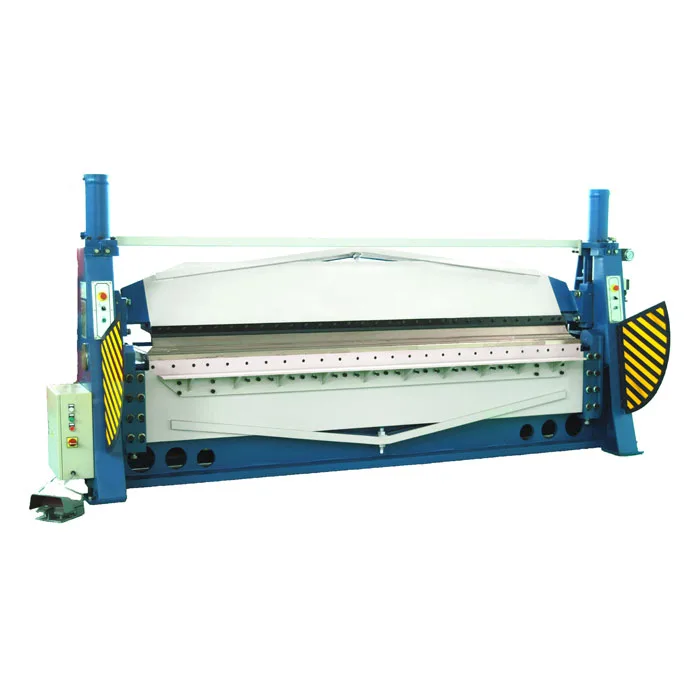
Troubleshooting Common Issues with Thin Metal Laser Cutting Machines
- By:Metmac
- 2024-09-10
- 189
Thin metal laser cutting machines have become prevalent in a range of industries due to their precision, speed, and automation capabilities. However, like any complex machinery, issues can arise during operation that can hinder productivity and quality. Troubleshooting these issues promptly is crucial to maintaining optimal performance and minimizing downtime. Here, we delve into the prevalent problems associated with thin metal laser cutting machines and explore the corresponding solutions to effectively resolve them.
No or Poor Cutting Quality
Insufficient cutting performance can manifest as incomplete cuts, rough edges, or excessive dross. This issue is often attributed to improper laser power or beam focus. Adjusting the laser power to the optimal setting for the material thickness and type can resolve the cutting quality problems. Additionally, ensuring correct beam focus through proper lens selection and alignment is essential.
Material Deformation
Thin metal sheets tend to deform during laser cutting due to the intense heat generated. This distortion can lead to inaccurate cuts and compromised workpiece quality. To mitigate this issue, employing techniques like clamping or vacuum beds can effectively prevent material deformation. Moreover, optimizing laser parameters, such as cutting speed, can reduce the heat input and minimize material warping.
Excessive Flare
During the laser cutting process, flare refers to excessive light emission around the cutting zone. Excessive flare can obscure the cutting operation and pose safety concerns. Implementing proper shielding gas and optimizing nozzle design can effectively reduce flare and improve cut quality.
Reflector or Lens Contamination
Contamination on reflectors or lenses can significantly impact laser cutting performance. Dirt, debris, or spatter accumulating on these components can cause beam deviation or absorption, leading to reduced power and compromised cut quality. Regular cleaning and maintenance of reflectors and lenses are crucial to ensure optimal performance and prevent damage.
Wear and Tear of Consumables
Consumables such as nozzles, shields, and electrodes are subject to wear and tear during the laser cutting process. Worn-out consumables can hinder cutting performance and lead to downtime. Replacing consumables regularly as per recommended intervals is essential to maintain consistent cut quality and prevent unexpected machine failures.
Software or Controller Issues
Software or controller issues can result in communication errors, incorrect settings, or unexpected machine behavior. Updating software or controller firmware to the latest version can resolve these issues and improve overall system stability. Additionally, consulting the manufacturer for technical support or troubleshooting guides can provide valuable assistance in resolving software-related problems.
Troubleshooting common issues with thin metal laser cutting machines requires a methodical approach and an understanding of the underlying causes. Properly addressing these issues by implementing the solutions discussed above can significantly improve cutting quality, minimize material deformation, reduce flare, maintain proper consumable functionality, and ensure smooth software operation. By proactively maintaining and troubleshooting the machine, manufacturers can maximize productivity, minimize downtime, and achieve consistent high-quality results in their thin metal laser cutting operations.
-
Sheet Metal Shearing Machine: The Foundation of Precision Cutting with METMAC
2025/11/23 -
Sheet Metal Press Machine: The Cornerstone of Precision Fabrication with METMAC
2025/11/23 -
Sheet Press Machine: The Engine of Precision Metal Forming with METMAC
2025/11/23 -
Sheet Metal Equipment: The Backbone of Modern Fabrication and the METMAC Standard
2025/11/23
-
Advanced Sheet Metal Rolling, Laser Cutting, and Folding Machines for Precision Fabrication
2025/10/31 -
High-Performance Sheet Metal Bending and Cutting Machines for Modern Fabrication
2025/10/31 -
High-Quality Sheet Metal Equipment for Sale: Efficient Solutions for Modern Manufacturing
2025/10/31 -
High-Performance Sheet Metal Equipment for Sale: Forming and Shearing Solutions for Modern Fabrication
2025/10/22
-
A Guide to the Latest Innovations in Sheet Metal Folding Machines
2024/11/29 -
Key Features to Consider When Investing in a Sheet Metal Folding Machine
2024/11/28 -
Enhancing Precision with Advanced Sheet Metal Folding Machines
2024/11/27 -
How to Choose the Right Sheet Metal Folding Machine for Your Workshop
2024/11/26







